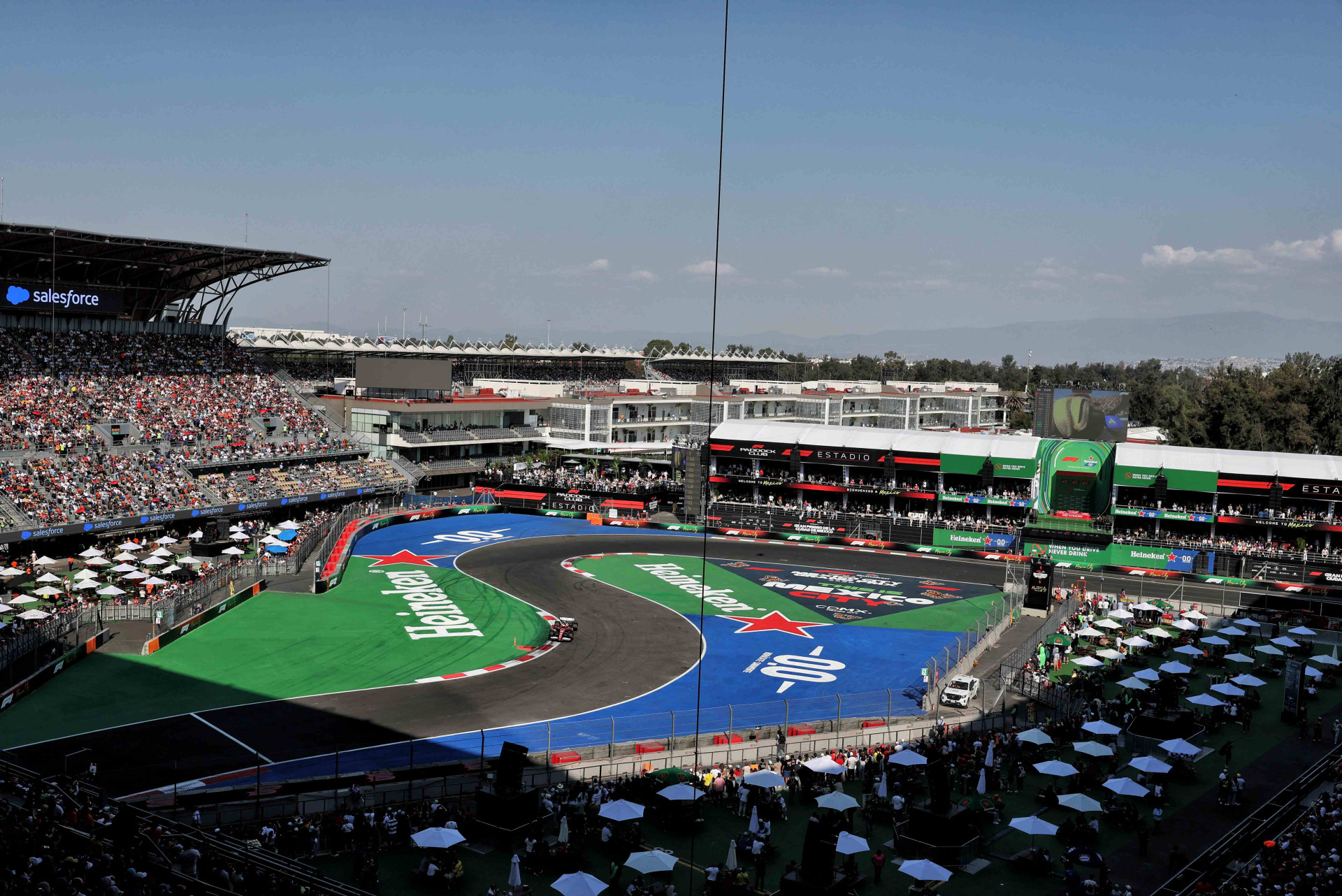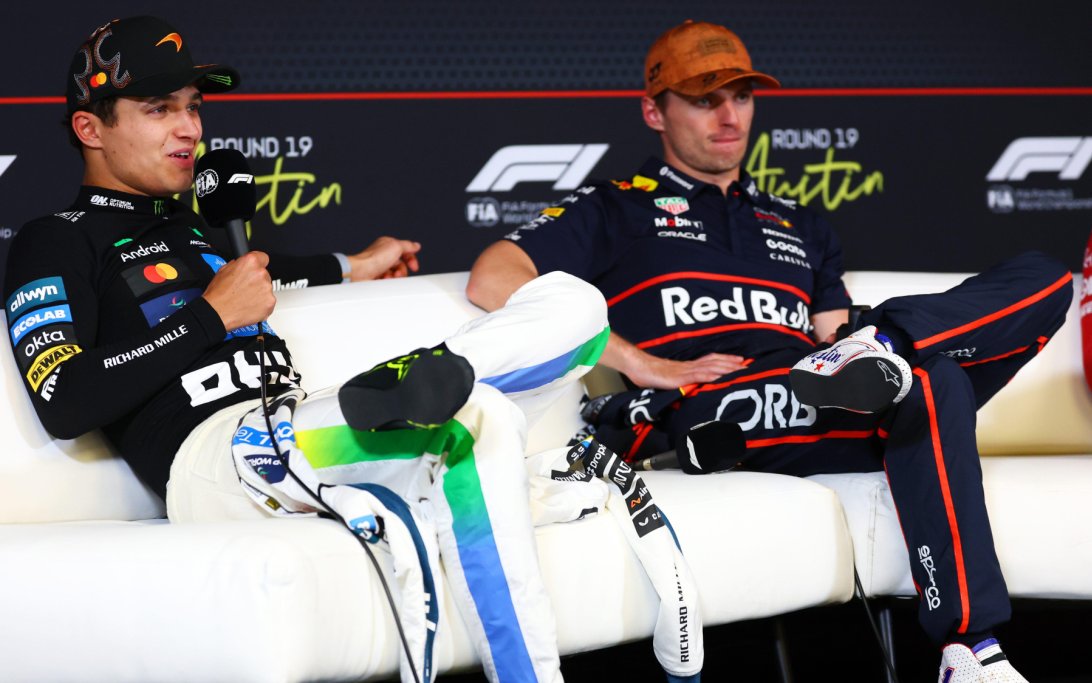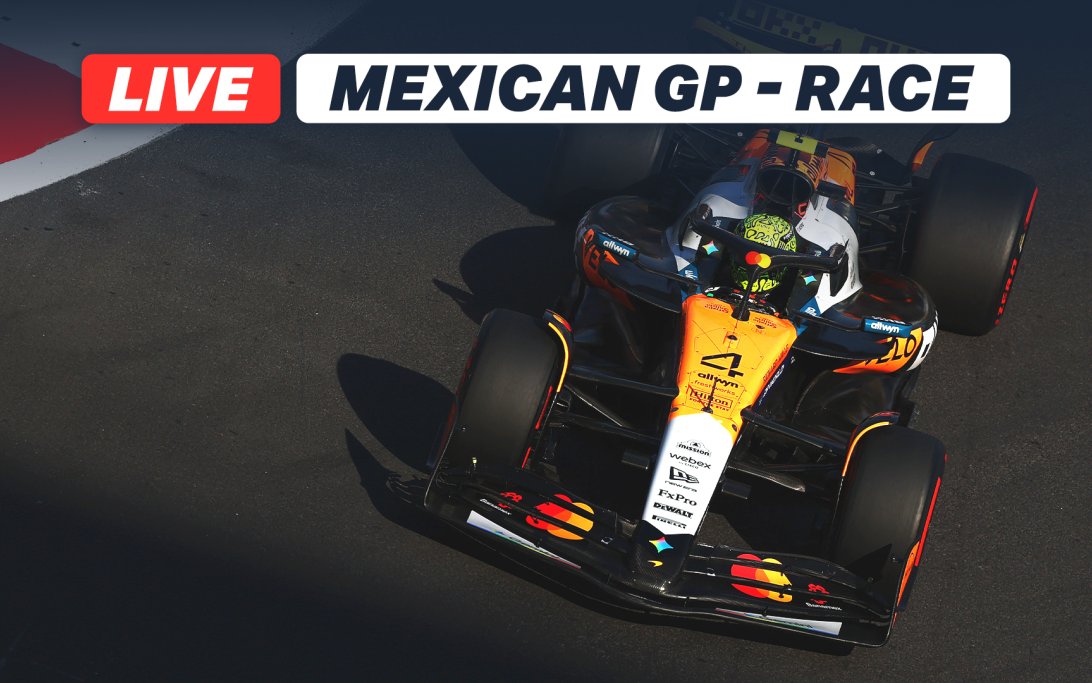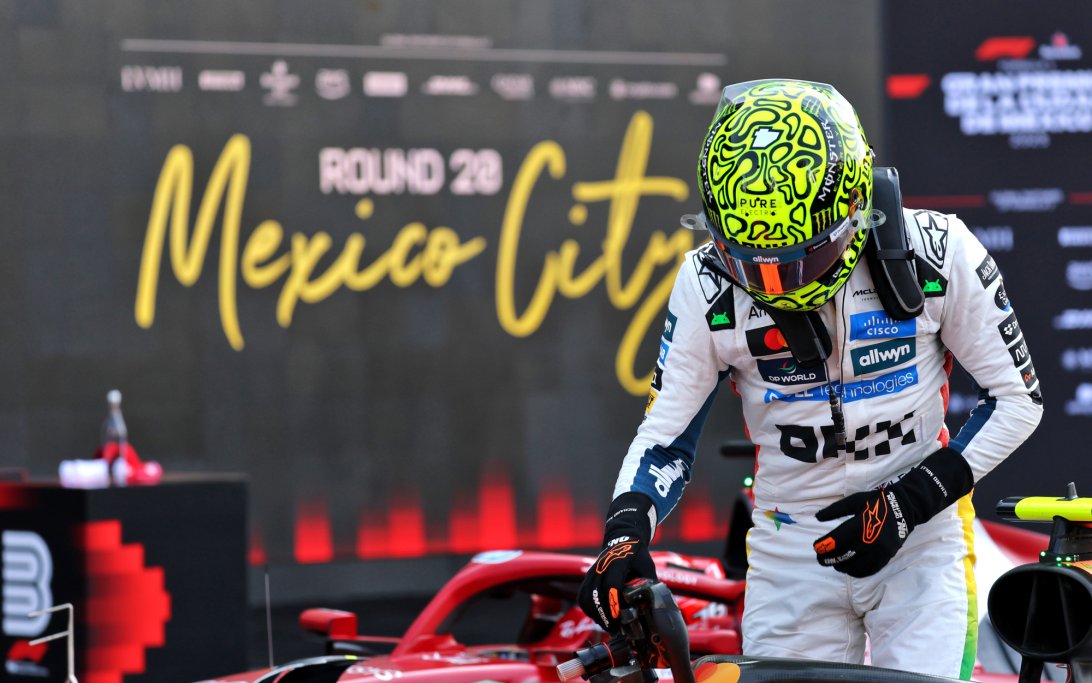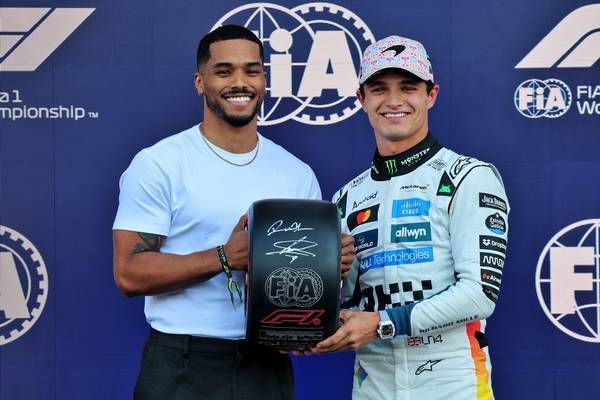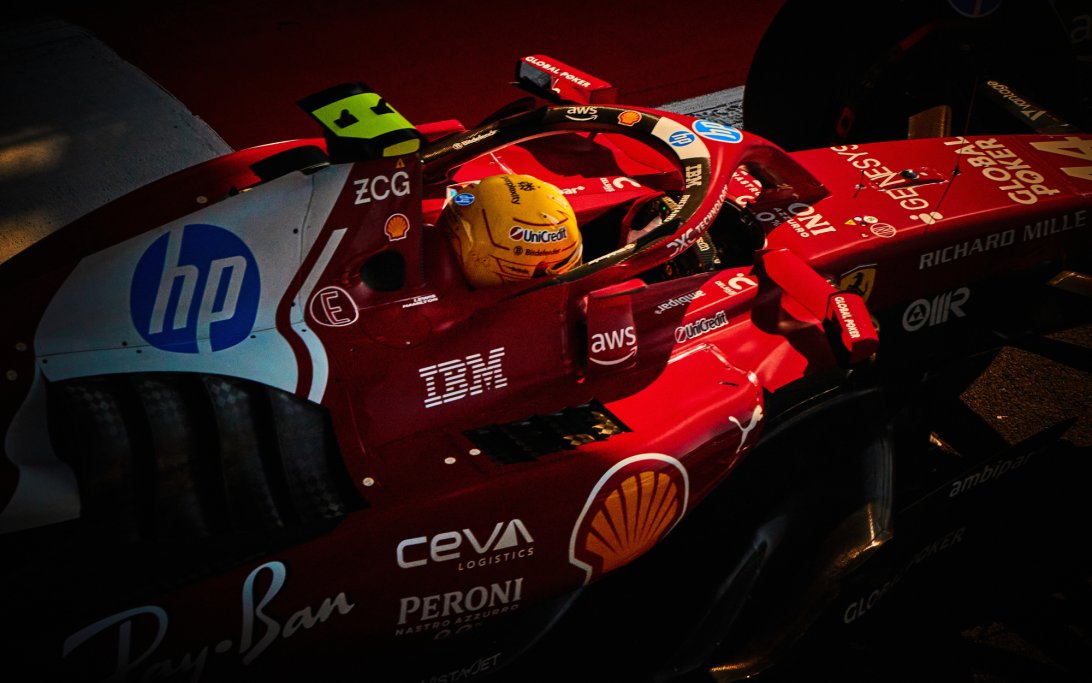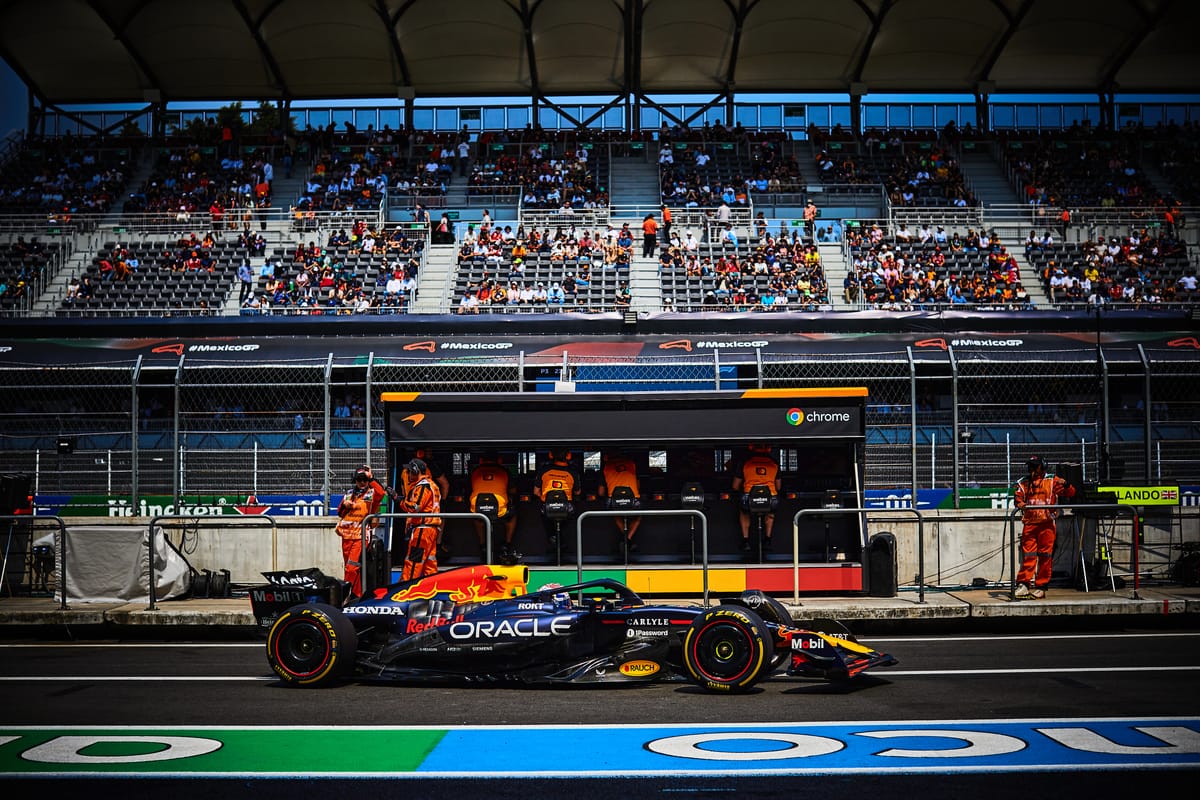
McLaren on Red Bull's Mexican GP Compromise
McLaren team principal Andrea Stella suggests that Red Bull's surprisingly subdued performance in Mexican Grand Prix qualifying was due to a significant aerodynamic compromise, likely stemming from cooling demands at high altitude. While Max Verstappen secured pole in three of the last four races, he only managed fifth in Mexico, half a second behind McLaren's Lando Norris, who clinched his first pole since July's Belgian Grand Prix.
Why it matters:
Red Bull's qualifying struggles, particularly Verstappen's complaints about a lack of grip, traction, and turning, were uncharacteristic of their recent dominant form. Stella's insights hint at a deeper, technical reason behind this dip: the unique cooling challenges of Mexico City's high-altitude, low-air-density environment. This potential compromise could reveal a subtle vulnerability in Red Bull's otherwise formidable package and highlight McLaren's advancements in cooling solutions.
The Details:
- Cooling Demands: Stella emphasized that Mexico is a unique circuit where the quality of a car's cooling system is paramount. Compromising aerodynamics to achieve sufficient cooling can lead to a rapid loss of aerodynamic efficiency.
- Verstappen's Struggles: Verstappen described his car as having "no grip, doesn't turn, there's no traction, it slides," a stark contrast to his usual confidence.
- Red Bull's Cooling Evidence: Although Red Bull didn't explicitly cite cooling as a direct factor, Verstappen's comments after Friday practice – that the car "goes hot and we end up nowhere" on a sustainable run – strongly suggest an issue. Visual evidence also shows more open engine cover bodywork on the Red Bull, indicating increased cooling.
- McLaren's Advantage: In contrast, McLaren has not faced similar cooling concerns. They are running their bodywork more closed off than rivals, a testament to their progress in cooling solutions. Stella highlighted that a lot of innovation from their 2024 to 2025 car development went into the cooling system, allowing them to perform well in hot conditions without significant aerodynamic compromise.
- Tyre Management: While McLaren's cooling prowess is less discussed, their tyre management has been a recognized strength in hot races. Stella expects tyre management to be a critical factor in the Mexican Grand Prix, especially for Norris from pole position.
The Big Picture:
This situation in Mexico resembles earlier races in the season, such as Miami, where a compromised Red Bull encountered an uncompromised McLaren on a track that inherently suited the MCL39. This explains the unusual performance gap between the two teams, deviating from their recent trajectories. It suggests that while Red Bull remains the benchmark, unique circuit conditions can expose areas where other teams, like McLaren, have made significant strides.
What's Next:
While Red Bull is expected to be very fast for the remainder of the season, the race in Mexico will be a critical test. Norris, starting from pole, will aim for a clean first lap to capitalize on McLaren's strong long-run pace. Oscar Piastri, starting seventh, will focus on improving performance and leveraging McLaren's potential for less tire degradation later in the stints. The outcome will depend on both raw pace and strategic tire management, where McLaren believes its car's strengths will emerge.
Original Article :https://www.the-race.com/formula-1/the-compromise-mclaren-reckons-has-held-red-b...


